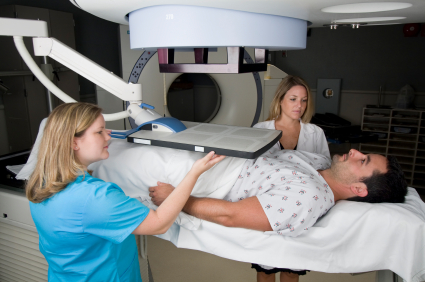
Chemotherapy as a treatment for non-small cell lung cancer
Chemotherapy is a well-known form of cancer treatment; it is also used as a treatment option for non-small cell lung cancer. This form of treatment is where the body is injected with anti-cancer medications either intravenously or as an oral medication. The main objective of the use of such medications is to ensure that it travels through the body’s bloodstream and flushes out cancer-causing cells and hinder its growth.
1. When is chemotherapy used for the treatment of non-small cell lung cancer?
The use of chemotherapy will depend on a variety of factors, primarily the stage of the cancer. Some of the different situations under which chemotherapy is the natural course of action have been listed as follows:
- Before using surgery as a non-small cell lung cancer treatment option, neoadjuvant therapy (a combination of chemotherapy and radiation therapy) may be required in order to shrink the cancerous tumor’s size.
- In some cases, chemotherapy may be prescribed after surgery, alone or with radiation therapy, in order to flush out any cancerous cell residues that may not have been removed during surgery. This form of treatment is referred to as adjuvant therapy.
- A form of concurrent therapy refers to the use of radiation therapy and chemotherapy. This form of treatment for non-small cell lung cancer would be used instead of surgery because the tumor may be in critical spots that can cause more damage.
- Sometimes, chemotherapy is the only form of main treatment prescribed wherein the cancer is vast and has metastasized and there are no alternative solutions to dealing with cancer, given the individual’s health condition.
Chemotherapy is a form of treatment that drains the physical strength of the body due to the severity of the medications. As a result, this is not prescribed for those whose health is in poor condition due to extreme stage of the cancer or other health barriers. The treatment would vary from one individual to another based on a wide variety of factors.
2. Side effects
As with any form of cancer treatment, chemotherapy as a treatment for non-small cell lung cancer too would bear its effect on the body and cause side effects. The way chemotherapy works is by attacking the cancer cells that are prone to quick division causing the disease to spread quickly. As a result, when chemotherapy medications are injected in the body, the regular cell division in the body is also affected and ends up manifesting its impact in the form of side effects.
The type of side effects that a person exhibits when using chemotherapy as a form of non-small cell lung cancer treatment include being dependent on the type of medication during the duration of the therapy. Some of the well-known side effects of chemotherapy include mouth sores, hair loss, nausea, vomiting, loss of appetite, constipation or diarrhea, bruising or bleeding due to platelet count reduction, fatigue, and infections due to the range of white blood cells impacted.


